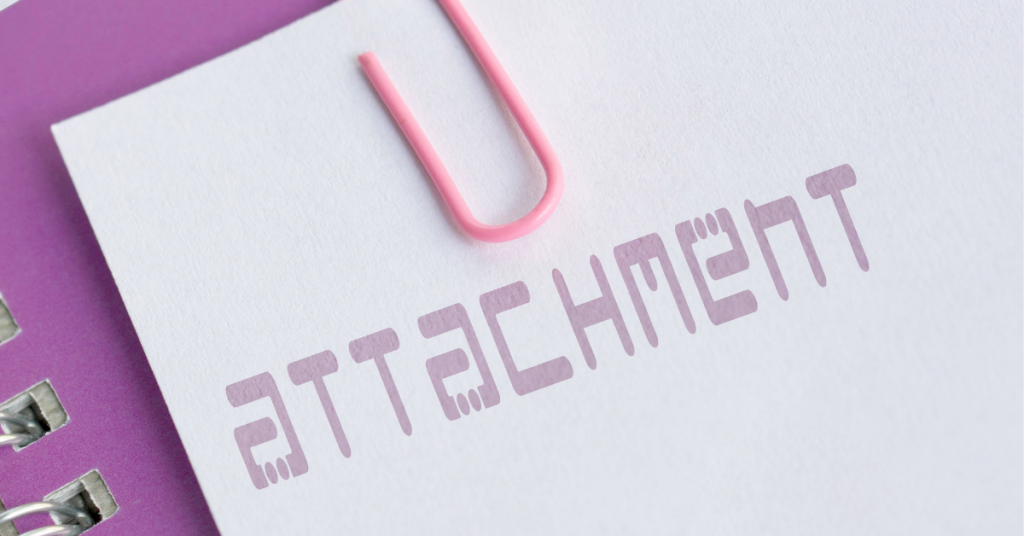What is attachment? This is a question that has puzzled psychologists for many years. There is no single answer to this question, as an attachment can mean different things to different people. In general, though, attachment can be described as a deep emotional connection between two people. This connection can be formed in a number of ways, such as through love, friendship, or family ties. It is an important part of human life, and it plays a significant role in our happiness and wellbeing.
Contents
What Is Attachment?
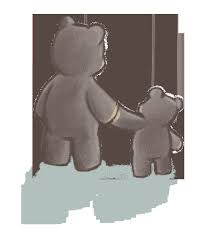 Attachment is a strong emotional bond that develops between two people, typically as a result of their interactions and experiences together. This can be described as the feeling of being connected to another person and is often characterized by feelings of warmth, comfort, safety, and security. It usually begins to form during infancy, when an infant forms a close relationship with their primary caregiver(s). The development of attachment is important for the infant’s survival, as it allows them to feel safe and secure in times of stress or danger.
Attachment is a strong emotional bond that develops between two people, typically as a result of their interactions and experiences together. This can be described as the feeling of being connected to another person and is often characterized by feelings of warmth, comfort, safety, and security. It usually begins to form during infancy, when an infant forms a close relationship with their primary caregiver(s). The development of attachment is important for the infant’s survival, as it allows them to feel safe and secure in times of stress or danger.
It also plays an important role in the social and emotional development of children, who learn how to trust others and develop relationships through their attachments. While this can occur in any type of relationship, it is most commonly seen in close relationships such as between parents and children, spouses or partners, and friends.
Types of Attachment
There are many types of attachment, but the most common are secure attachment and insecure attachment.
Secure Attachment
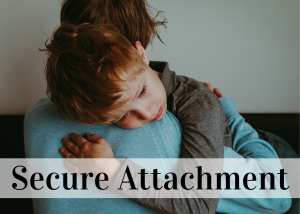 A secure attachment occurs when a person feels comfortable and safe with their partner and is able to rely on them for support and care. People with a secure attachment feel confident in themselves and their relationships and are less likely to experience anxiety or depression. There are many benefits to having this type, including increased mental and emotional well-being, better relationships, and improved social skills.
A secure attachment occurs when a person feels comfortable and safe with their partner and is able to rely on them for support and care. People with a secure attachment feel confident in themselves and their relationships and are less likely to experience anxiety or depression. There are many benefits to having this type, including increased mental and emotional well-being, better relationships, and improved social skills.
Insecure Attachment
An insecure attachment occurs when a person feels unsafe or uncomfortable with their partner and does not feel able to rely on them for support or care. People with insecure attachments often experience anxiety and depression and have difficulty forming close relationships. There are many risks associated with an insecure attachment, including increased rates of substance abuse, eating disorders, suicide attempts, and psychiatric hospitalizations.
Anxious-Preoccupied Attachment
 An anxious-preoccupied attachment occurs when a person is very needy and clingy with their partner and often feels insecure or abandoned. People with this are usually very emotional and unstable and can be difficult to deal with. You should always keep a check on your emotions.
An anxious-preoccupied attachment occurs when a person is very needy and clingy with their partner and often feels insecure or abandoned. People with this are usually very emotional and unstable and can be difficult to deal with. You should always keep a check on your emotions.
Avoidant Attachment
An avoidant attachment occurs when a person is distant and uninterested in forming close relationships with others. People with this often feel uncomfortable being close to others and prefer to be independent. They can be quite dismissive of their partner’s needs and can be quite critical. You should always keep a check on your emotions.
Resistant/Ambivalent Attachment
 A resistant/ambivalent attachment occurs when a person is both angry and needy with their partner. People with this type of attachment often feel like they are stuck in a cycle of pushing and pulling their partners away. They can be quite volatile and difficult to deal with. Sometimes this type of attachment is also called a “push-pull” attachment.
A resistant/ambivalent attachment occurs when a person is both angry and needy with their partner. People with this type of attachment often feel like they are stuck in a cycle of pushing and pulling their partners away. They can be quite volatile and difficult to deal with. Sometimes this type of attachment is also called a “push-pull” attachment.
Disorganized Attachment
This is a rare type of attachment that is characterized by chaotic and unstable relationships. People with disorganized attachment often have trouble forming any kind of stable relationship and can be quite volatile and abusive. This type of attachment also often includes signs of dissociation, such as feeling disconnected from one’s body or thoughts. You should always keep a check on your emotions.
Stages of Attachment
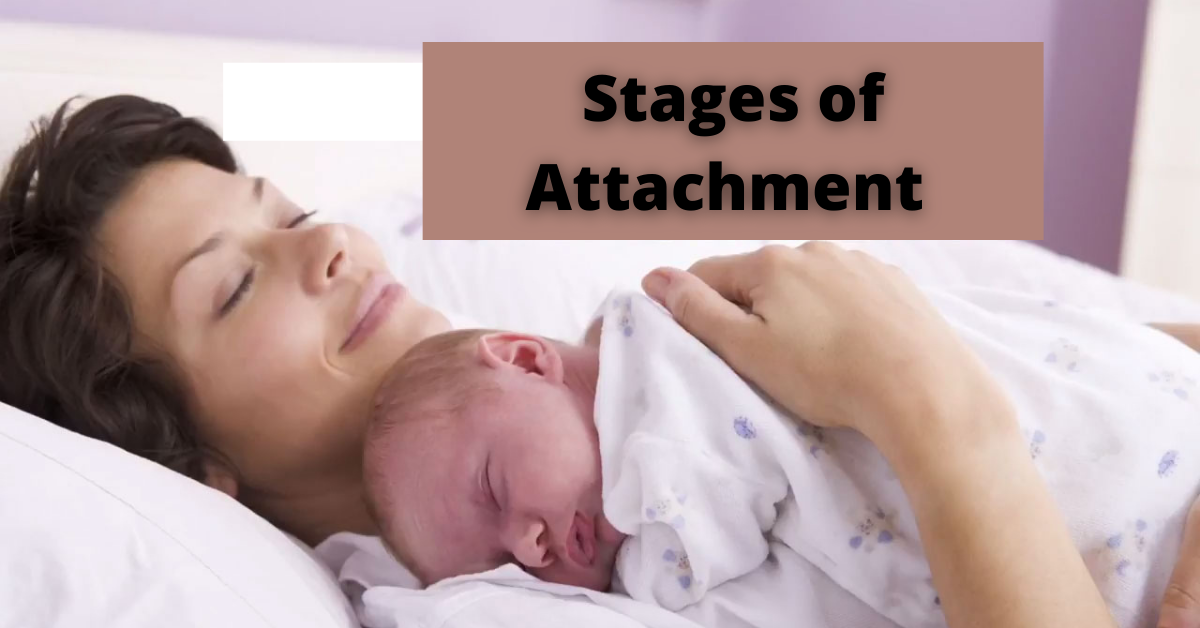
There are many stages of attachment, but the most common are the early, middle, and late stages.
Early Stage of Attachment
In the early stage of attachment, an infant forms a close relationship with their primary caregiver(s) and begins to develop trust. This is a very important time for the development of attachment as it lays the foundation for future relationships. This stage usually lasts from birth to about 18 months old. In this stage, infants rely on their caregivers to meet their needs for food, shelter, and affection.
Middle Stage of Attachment
In the middle stage of attachment, children become more independent and start to explore the world around them. They begin to form relationships with other people outside of their primary caregiver(s) and learn how to trust others. This stage usually lasts from 18 months to about age five. This is a time of great growth and development as children learn how to interact with others.
Late Stage of Attachment
In the late stage of attachment, children become more mature and develop a sense of self-identity. They begin to form relationships that are based on mutual respect and trust. This stage usually lasts from age five until puberty. During this time, children learn how to form healthy relationships and deal with difficult emotions. Sometimes, late-stage attachment can be difficult because children are starting to form their own identities and may not want to conform to the expectations of their parents or caregivers.
Positive Impacts of Attachment

Some of the positive impacts of attachment include:
Increases Trust
The first positive impact is that it increases trust. When someone has a healthy attachment, they are able to trust others more and form deeper relationships with them.
Increases Sense of Security
Another positive impact is that it increases a person’s sense of security. People who have a strong attachment feel safe and secure in their relationships, which allows them to be more open and vulnerable.
Promotes Healthy Development
It also promotes healthy development both physically and emotionally. It helps people grow into stable and productive adults who are able to have healthy relationships themselves.
Helps To Deal With Difficult Emotions
It also helps people deal with difficult emotions. When someone has a strong attachment, they are able to trust that their partner will be there for them and support them through tough times. This can help reduce anxiety and stress levels.
Helps To Build Connection
This is one of the most important impacts of this – it helps people build a strong connection with others. When someone has a close attachment, they feel like they belong to something and are not alone in the world.
Negative Impacts of Attachment
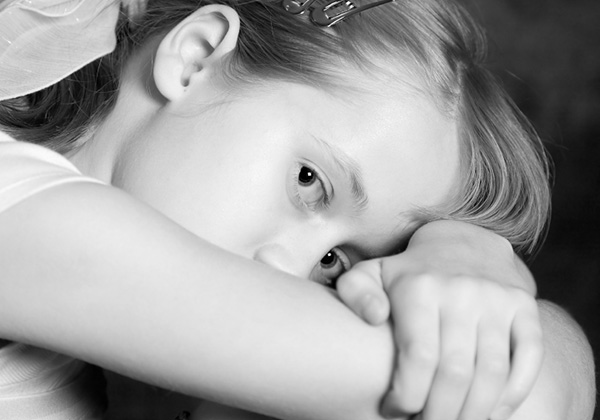
However, there are also negative impacts of attachment. Some of these are:
Can Lead To Codependency
When someone is overly attached to another person, it can lead to codependency. Codependency occurs when one person depends too much on another person for their emotional well-being and ends up losing themselves in the process. This can be very harmful to both parties involved.
Can Lead To Abuse
Another negative impact of this is that it can lead to abuse. When someone is attached to another person, they may start to feel overwhelmed and become emotionally dependent on them. This can lead to abusive behavior as the person tries to regain control over their life.
Can Cause Dissociation
The most dangerous negative impact of this is that it can cause dissociation. Dissociation occurs when a person disconnects from their thoughts or emotions, which can be very harmful psychologically. It often includes signs of self-harm or violence towards others.
May Result In Depression
Finally, the attachment may result in depression. When someone is unable to form healthy attachments in their life, they may feel isolated and alone. This can lead to feelings of sadness or despair that can be difficult to overcome.
How To Build Attachment?

There are many ways to build it. Some of these are
- One way is to have a strong sense of self. This means knowing who you are, what your values are, and what you stand for. It also means being comfortable with yourself and accepting yourself for who you are.
- Another way to build this is by being vulnerable. When you allow yourself to be vulnerable, you show the other person that you trust them and that you are willing to let them in. This can help form a stronger bond between the two of you.
- The next thing is, it’s important to be there for the other person. When someone knows that they can count on you no matter what, it builds trust and strengthens the relationship. Being there for someone is one of the most important things you can do.
- Finally, communication is key. When you communicate openly and honestly with the other person, it allows for a deeper connection to form. It also helps build trust and understanding.
How To Break From Attachment?

There are many ways to break from it as well.
- You should try to find something that will work for you and your lifestyle.
- Some people find it helpful to go to therapy, read self-help books, or talk with friends about their struggles.
- Others find that they need more time alone or want to focus on their spiritual practice.
- Whatever route you decide to take, be patient with yourself, and don’t be too hard on yourself if you stumble along the way. Recovery is a process, not a destination. And remember, there is no one right way to do things. What works for one person may not work for another. So find what works best for you and go from there.
You can take these tips:
- Identify your triggers and work to avoid them or deal with them in a healthy way.
- Talk about your feelings openly and honestly.
- Practice self-care by taking time for yourself, eating healthy, and getting enough sleep.
- Find an activity that brings you joy and helps you relax.
- Join a support group or talk to someone who understands what you’re going through.
Conclusion
In conclusion, attachment is a strong emotional bond that can be difficult to break.
However, there are many ways to do so, and with patience and perseverance, you can find the right path for yourself.
Remember to take care of yourself along the way and don’t be too hard on yourself if you stumble. Recovery is a process, not a destination. And finally, remember that there is no one right way to do things – what works for one person may not work for another. So find what works best for you and go from there.
A Word From Therapy Mantra
Your mental health — your psychological, emotional, and social well-being — has an impact on every aspect of your life. Positive mental health essentially allows you to effectively deal with life’s everyday challenges.
Also, at Therapy Care, we have a team of therapists who provide affordable online therapy to assist you with issues such as depression, anxiety, stress, relationship, OCD, LGBTQ, and PTSD. You can take our mental health test. You can also book a free therapy or download our free Android or iOS app.
